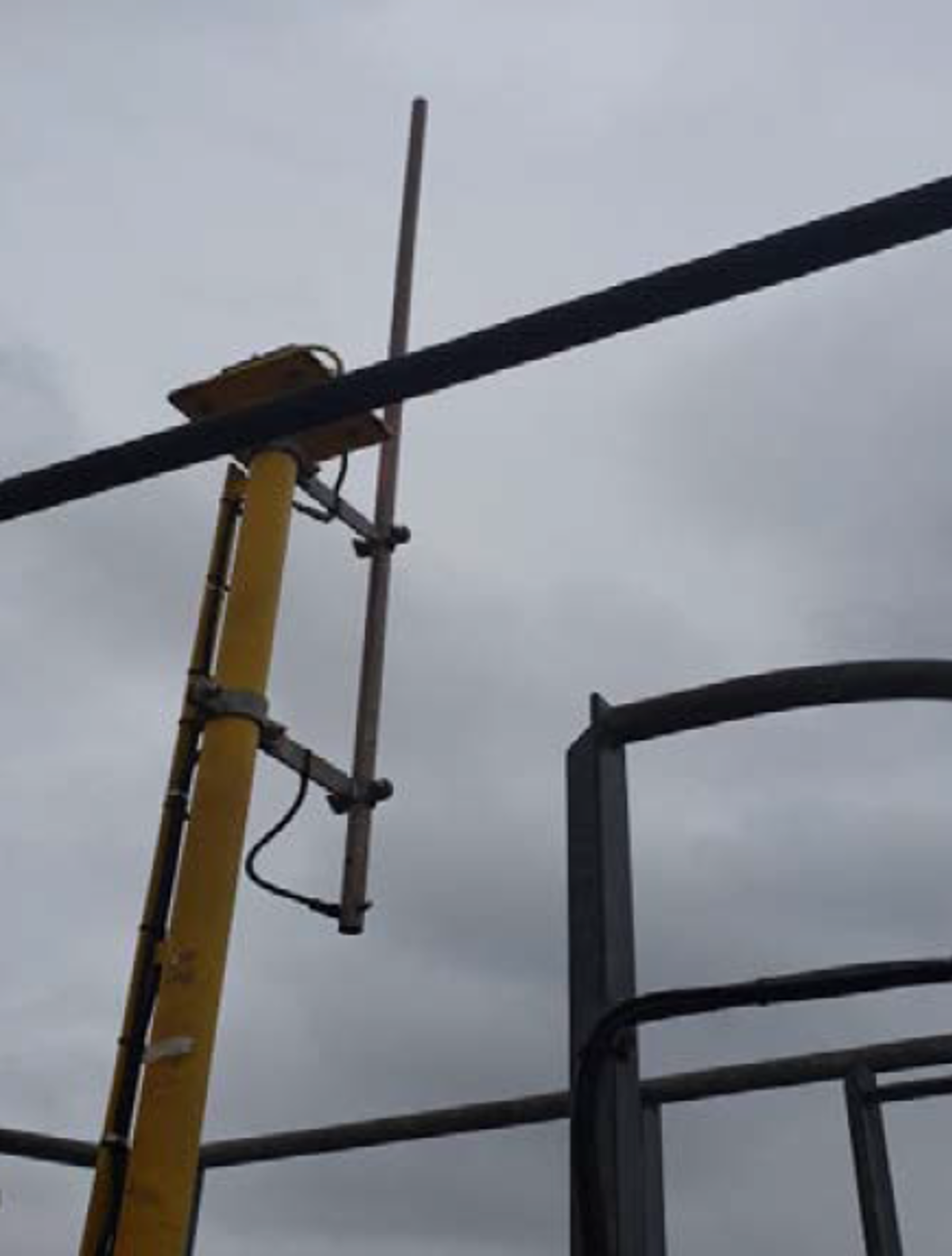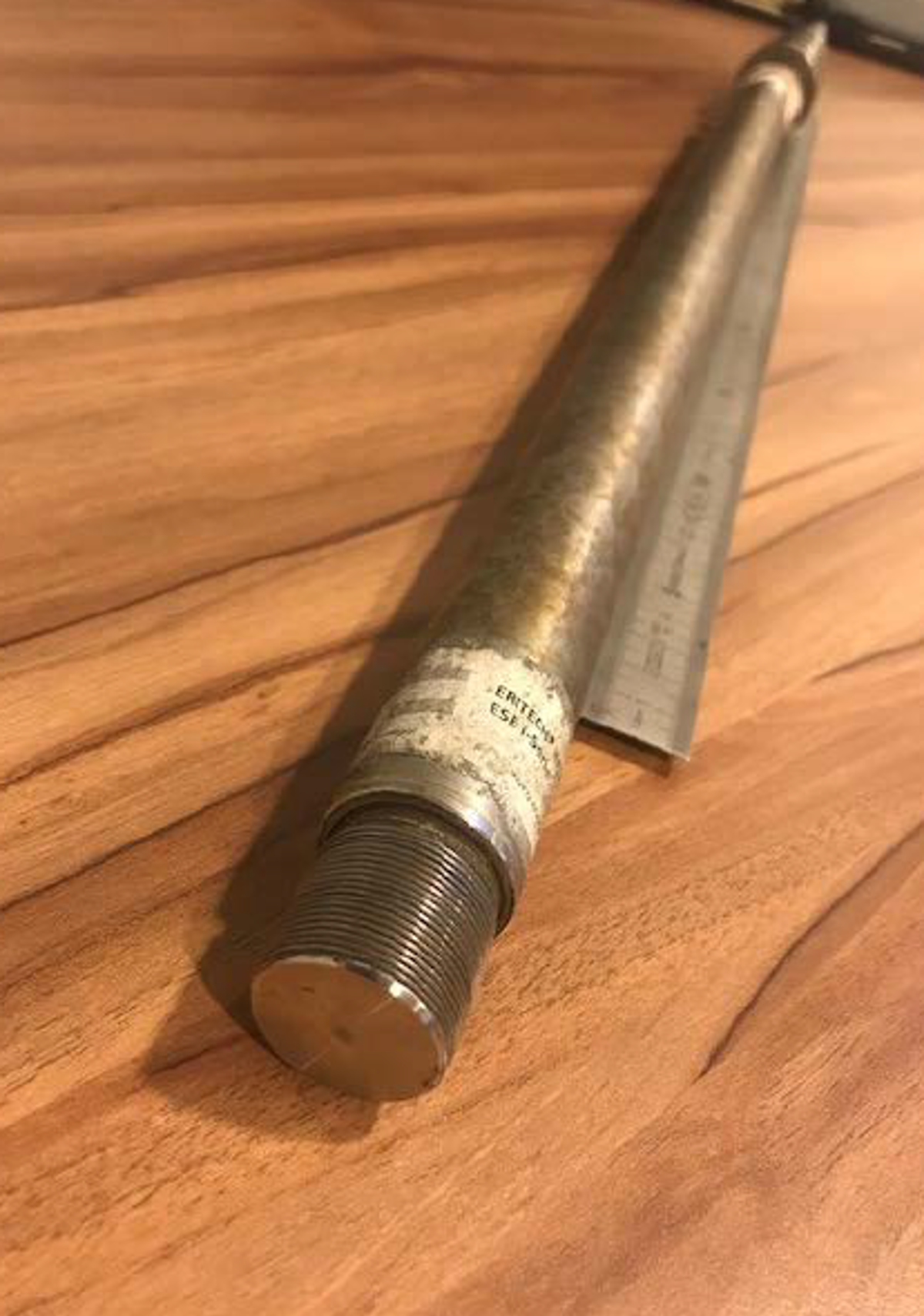Lightning Conductor Fell – Dropped Object Near Miss
- Safety Flash
- Published on 22 May 2020
- Generated on 8 January 2026
- IMCA SF 16/20
- 2 minute read
Jump to:
What happened?
A lightning conductor mounted on top of a service crane came free from its mounting and dropped 75 metres.
The conductor fell through the deck carousel hatch and landed on the carousel bottom plate.
Five crew members were working in the carousel; however, they were not positioned under the open deck hatch area.
The vessel was in dry dock at the time of the incident. There were no injuries.
What were the causes? What went wrong?
Initial investigation has indicated:
- The mast has been vibrating during high winds causing the lightning conductor to work itself free from the threaded housing.
- There was no material failure.
- The lightning conductor was not secured to its housing by any means other than the threaded connection – no secondary securing.
- The potential for the lightening conductor to become unscrewed was not recognised.
- The connection is not easily visible during regular drops inspections.
- Equipment was not part of planned maintenance system.
What actions were taken?
- Consider the potential for a similar incident to occur on your vessels.
- Perform an inspection of all similar equipment at height and assess the secondary securing arrangements in place.
Related Safety Flashes
-
IMCA SF 10/15
16 July 2015
-
IMCA SF 06/13
3 May 2013
-
IMCA SF 04/10
14 July 2010
IMCA Safety Flashes summarise key safety matters and incidents, allowing lessons to be more easily learnt for the benefit of the entire offshore industry.
The effectiveness of the IMCA Safety Flash system depends on the industry sharing information and so avoiding repeat incidents. Incidents are classified according to IOGP's Life Saving Rules.
All information is anonymised or sanitised, as appropriate, and warnings for graphic content included where possible.
IMCA makes every effort to ensure both the accuracy and reliability of the information shared, but is not be liable for any guidance and/or recommendation and/or statement herein contained.
The information contained in this document does not fulfil or replace any individual's or Member's legal, regulatory or other duties or obligations in respect of their operations. Individuals and Members remain solely responsible for the safe, lawful and proper conduct of their operations.
Share your safety incidents with IMCA online. Sign-up to receive Safety Flashes straight to your email.

